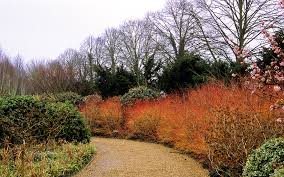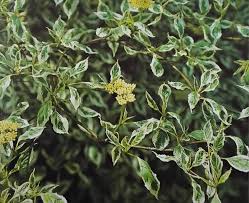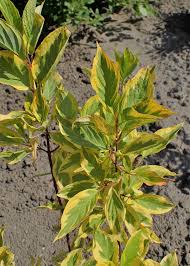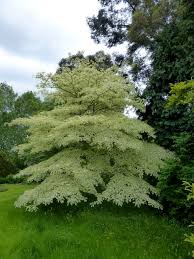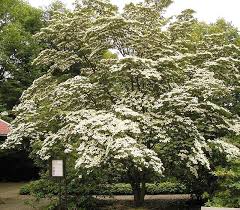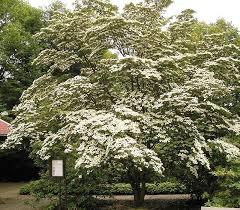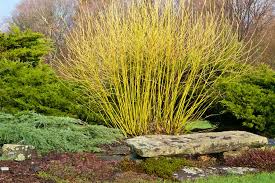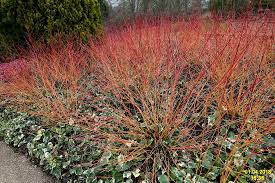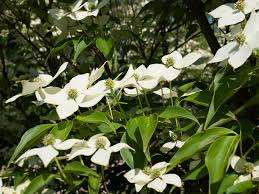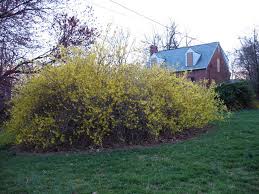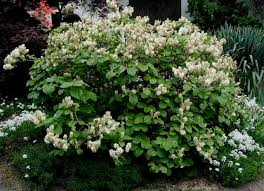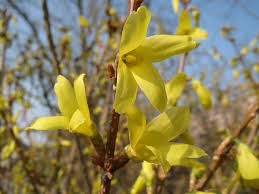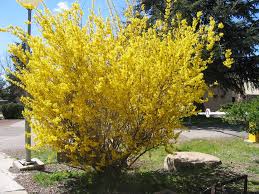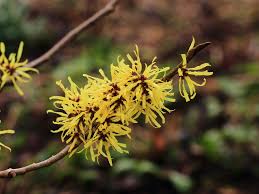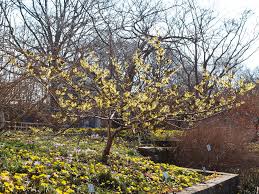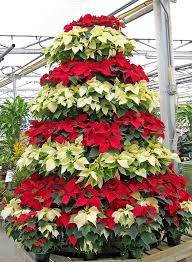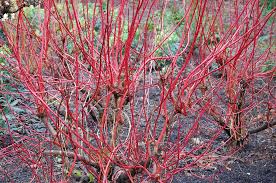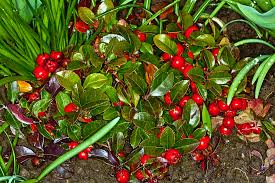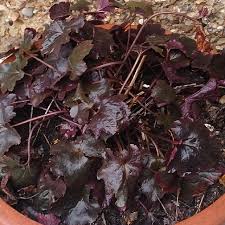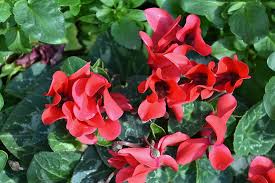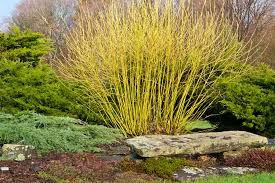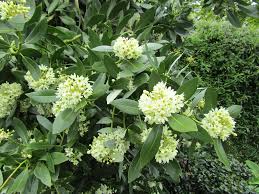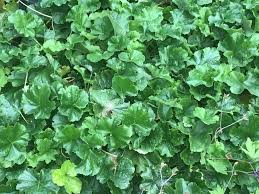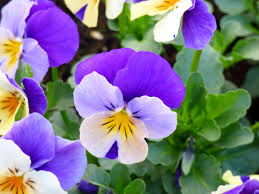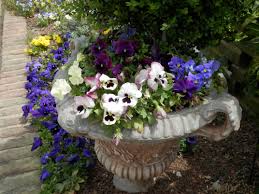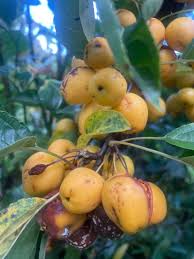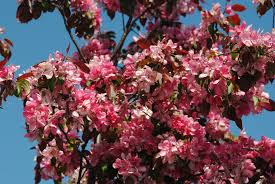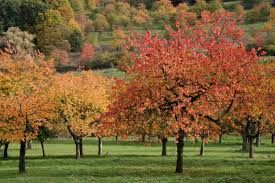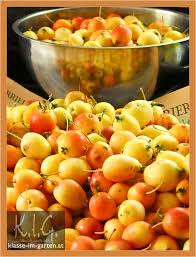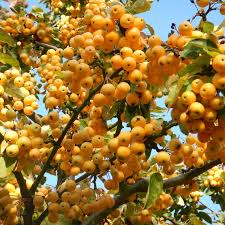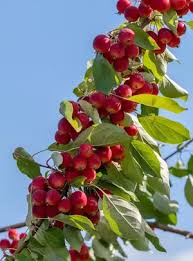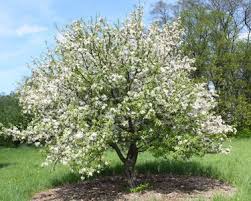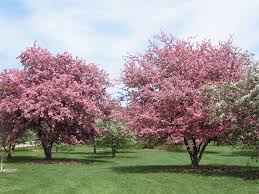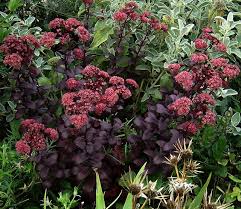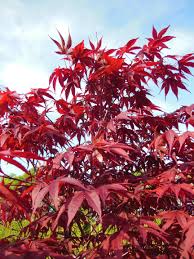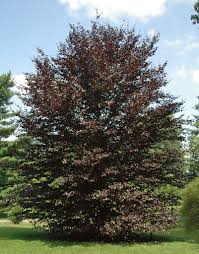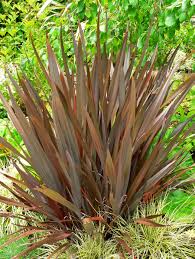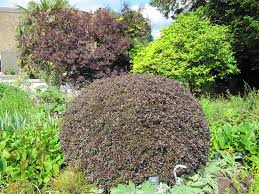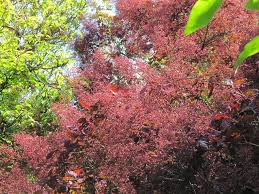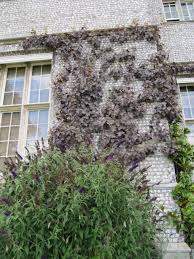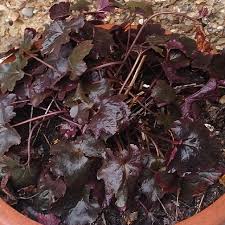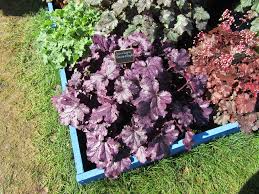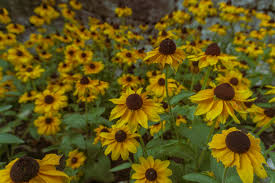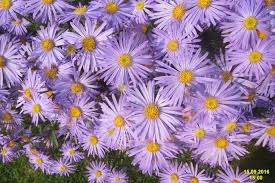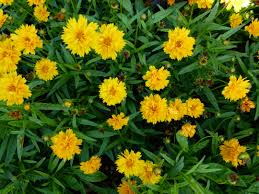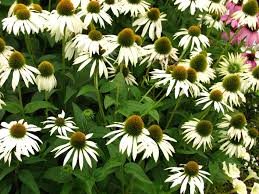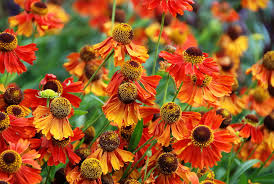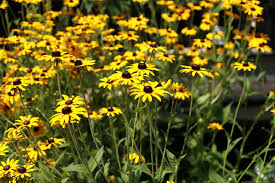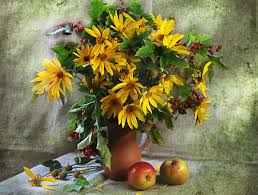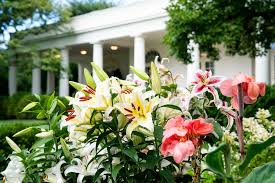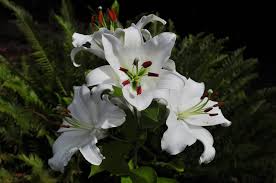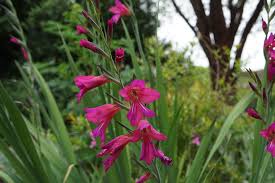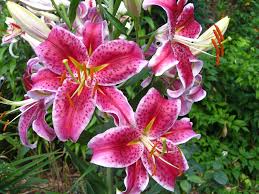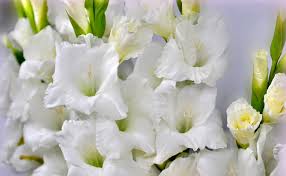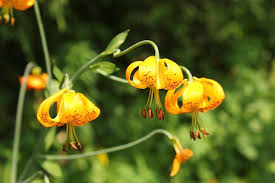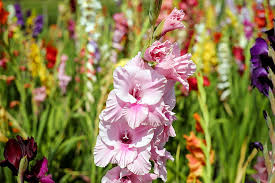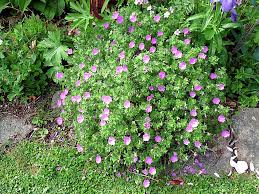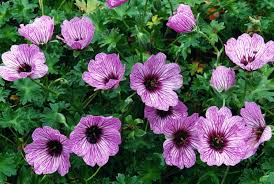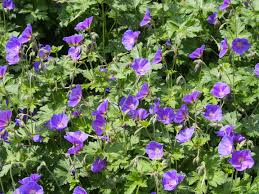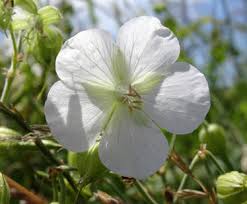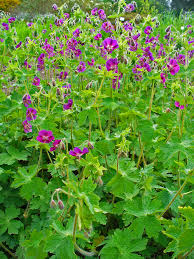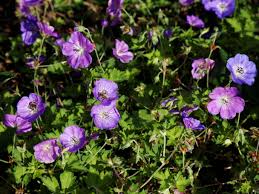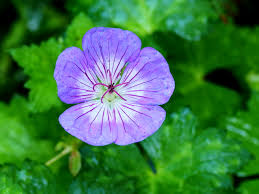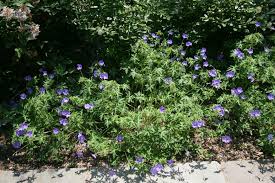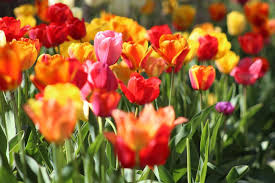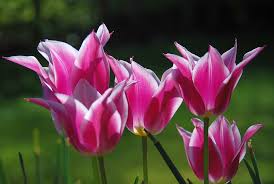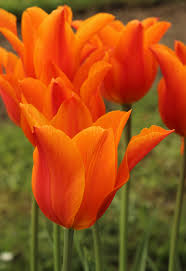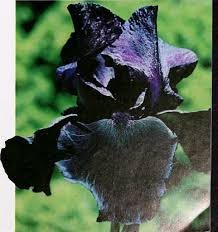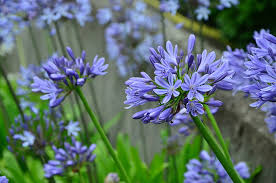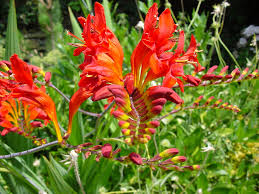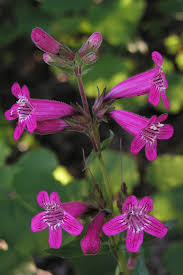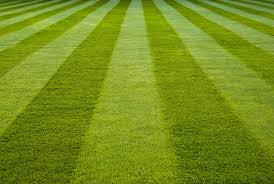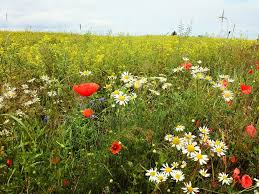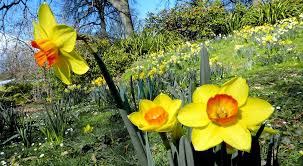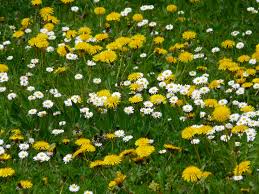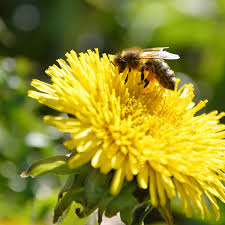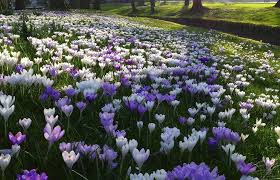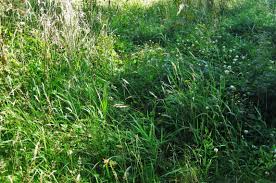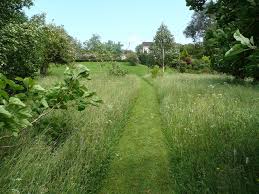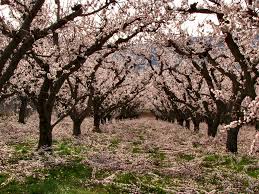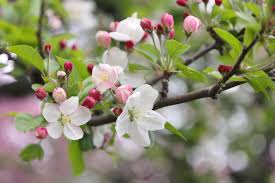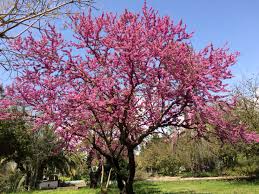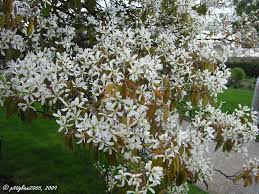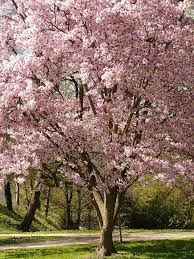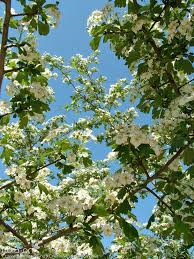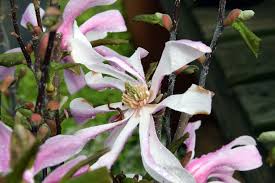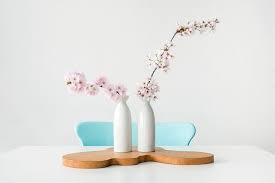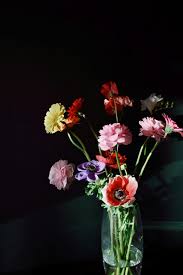
Anemone in a vase
Corms often get muddled up or scooped together in gardeners minds as bulbs, they are not, they are a swollen underground storage stem, where as most bulbs are swollen leaves round a short central stem. The wonder of the corm is that plants that have developed them, allow them to have a season of dormancy perhaps when cold or very dry and then they spring into leaf and flower quickly allowing the plant to quickly complete its life cycle before the hash conditions return. So a lot of bulbs and corms come from central Asia and the middle east, so their life cycles can be completed before high summer temperatures and cold winter temperatures return.
Planting as corms and not grown plants is a cheaper option for the gardener, here are a few to consider.
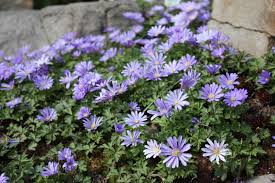
Anemone blanda mix
Anemone blanda Mixed: Close in habit to the native anemone with green feathered leaves that appear with the flowers in March to April at 9 -12cm in height. The open daisy like flowers are in shades of white, cream, pink and soft blue. Semi-shade under trees or larger shrubs in a humus rich damp soil, neutral to acidic. Good for nationalising.
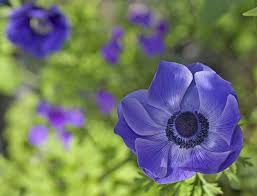
Anemone De caen ‘Mr Fokker’
Anemone De caen Mr Fokker: This is one of the blousy Anemones, used by florists and seen in spectacular flower arrangements. Grow in light shade, on humus rich soil which is moist, height 25-30cm tall small feathery foliage and large violet blue flowers with dramatic central black stamens in May-June.
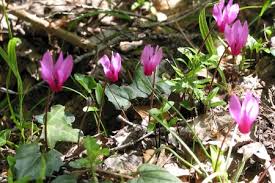
Cyclemen cillcium
Cyclamen cilcium: A beautiful autumn flowering cyclamen, with small neat green heart shaped leaves. 5 -10cm tall. Delicate light pink flowers with a darker pink throat are produced in abundance from September to November. A semi-shady spot, from leaf mulch to the dry gravel garden.
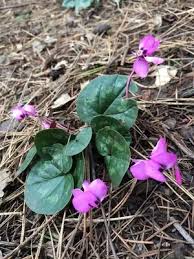
Cyclamen coum maurice ‘Dryden’
Cyclamen coum maurice ‘Dryden’: A wonderful winter flowering cyclamen, with stunning sliver foliage, 5-10cm tall. With elegant white flowers, flowering continuously from January to March, a great addition to the winter garden. Good at naturalising in groups under trees, copes well with dry semi-shade.
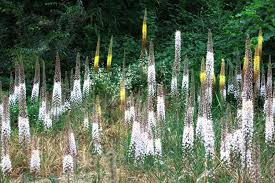
Eremurus charleston
Eremurus charleston: Commonly known as foxtail lilies,these are spectacular garden plants and worth adding for a bit of wow factor. Each flower stem can contain over a 100 flowers! This variety produces a flower spike of lemon yellow flowers up to 1.30m tall. From June to July. Grow on free draining soil in full sun.
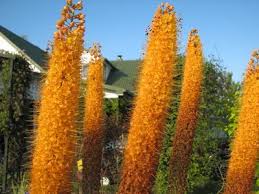
Eremurus cleoptra
Eremurus Cleopatra: Stunning coppery rose flowers with a dark red exterior rid in mass on a flower spike from 1.25 to 1.50m tall. June-July. Plant on well drained soil away from a windy site, in full sun. Although on a personal note I have seen Eremurus growing on mass in the grassy edges of woodland in Kyrgyzstan. So it seems they will cope with a little dappled shade.
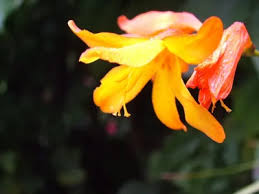
Crocosmia x crocosmiiflora ‘Columbus im Gold’
Crocosmia x crocomiiflora ‘Columbus im Gold’: A wonderful late summer perennial reaching approx 1m tall. With mid-green sword like leaves and arching flower stems of golden yellow bell like flowers held in a line along the stem. Flowering from end July-August. Most soils but not water logged. Full sun. To learn more about Crocosmia see the August 2020 Blog Crazy about Crocosmia.
I hope I have inspired you to think again about corm planting, as a cost effective way to enjoy a large variety of garden plants that flower through out the seasons.

